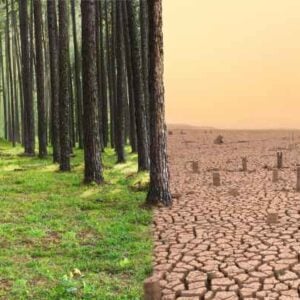A new report by the UN Economic Commission for Latin America and the Caribbean (ECLAC) and UNICEF highlights the growing risk of child poverty in the region due to climate change. The study warns that even under the most optimistic scenario, 5.9 million children could fall into poverty as a result of extreme weather events, disrupted livelihoods, and inadequate social protection. If governments fail to meet their commitments to reduce greenhouse gas emissions and prioritize climate-resilient social services, this number could surge to 17.9 million.
Children and adolescents are among the most vulnerable to climate-related impacts. Their developing bodies are particularly susceptible to cyclones, heatwaves, and other extreme events, which not only threaten their health but also disrupt access to education and the stability of their families’ livelihoods. UNICEF’s Regional Director for Latin America and the Caribbean, Roberto Benes, emphasized that without proper resources and social protection systems, the region’s inequalities are likely to worsen, leaving children and youth at a heightened disadvantage.
Despite this vulnerability, climate finance largely overlooks the needs of children. The report finds that only 3.4 percent of all multilateral climate funding in Latin America and the Caribbean is directed toward child-focused services such as health, nutrition, education, water, and sanitation. This gap persists even as funding cuts and reduced development aid compound the challenges posed by unprecedented climate-related needs.
To address these risks, the report recommends that governments strengthen the climate resilience of social services and critical infrastructure, particularly focusing on the first 1,000 days of a child’s life. It urges increased investment in child-sensitive climate policies and financing, actions tailored to children of different ages, and the promotion of climate awareness, education, and participation among young people. Additionally, the report calls for adaptive social protection measures and emergency response policies that specifically address the unique needs of children and adolescents, ensuring they are better protected against the growing impacts of climate change.






